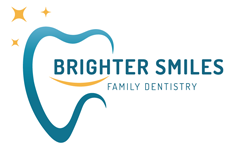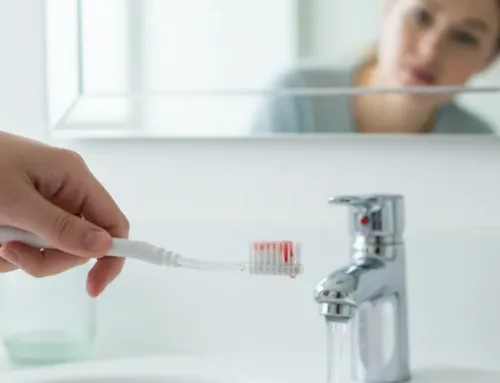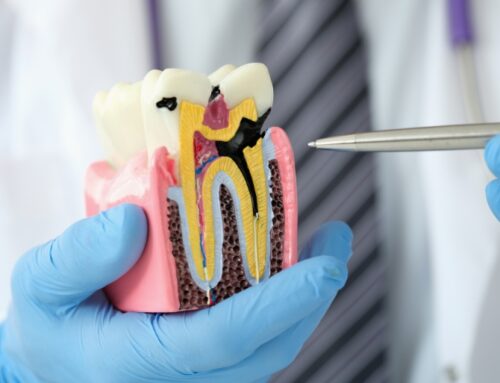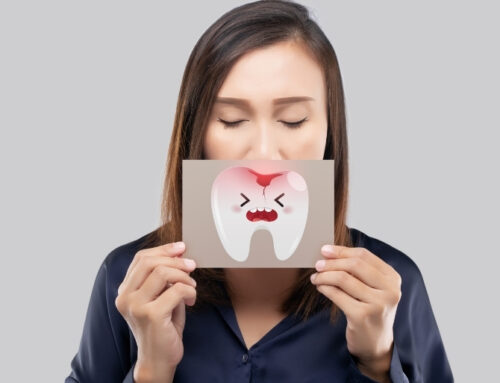If you’re a parent, you’ve probably asked yourself this at least once: How do I actually prevent cavities in my child’s teeth? It’s a fair question—and an important one.
Tooth decay is one of the most common issues kids face, but with the right habits in place, it doesn’t have to be.
In this guide, created with insight from the team at Brighter Smiles Family Dentistry in West Des Moines, IA, you’ll get more than just general tips.
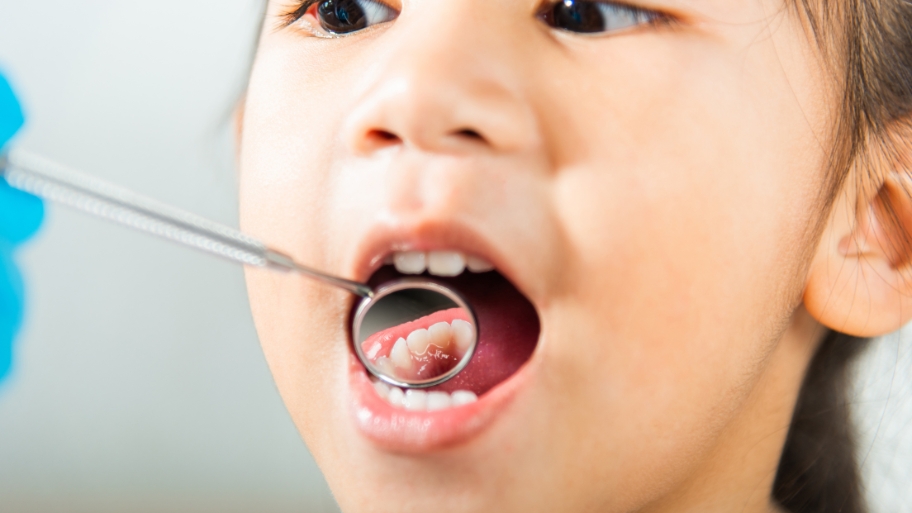
You’ll find real, practical best practices—everything you need to know to keep your child’s teeth healthy, strong, and cavity-free.
Whether your little one is just cutting their first tooth or already racing through their after-school snacks, what follows will help you build the kind of daily routine that actually works.
Let’s walk through the simple habits that make a big difference—starting right now.
Top 10 Quick Tips to Prevent Cavities in Kids
1. Start Cleaning Early
Even before the first tooth appears, it’s a good habit to gently wipe your baby’s gums with a clean, damp cloth—especially after feedings.
Once the first tooth breaks through, switch to a baby toothbrush and begin brushing gently twice a day.
Starting early helps your child get used to oral care while laying the foundation for healthy habits.
2. Use the Right Amount of Fluoride Toothpaste
Fluoride strengthens enamel and defends against early decay, but it only takes a small amount.
For children under 3, just a tiny dab of toothpaste—about the size of a grain of rice—is enough to get the job done safely.
Once they’re 3 or older, switch to a pea-sized amount. Be sure they spit, not swallow—and supervise until they master it.
3. Supervise Brushing and Flossing Daily
Most kids can’t clean thoroughly on their own until they’re around 7 or 8. Guide them through brushing and flossing routines so nothing gets missed.
Even baby teeth need flossing if they touch—plaque loves to hide where brushes can’t reach.
4. Limit Sugar and Sticky Snacks
Sticky snacks like gummies, dried fruit, and caramel cling to teeth longer than you might think, giving bacteria more time to produce acid.
Try swapping them out for tooth-friendly alternatives like cheese, sliced apples, or yogurt.
5. Encourage Water Over Juice or Soda
Water does more than hydrate—it helps rinse away food particles and neutralize acid.
If your local water supply contains fluoride, that’s a bonus for enamel strength.
Make water your child’s go-to drink between meals—it helps rinse the mouth and keeps bacteria from sticking around.
6. Avoid Sharing Mouth Germs
It’s easy to overlook, but cavity-causing bacteria can be transferred through shared spoons, cups, or even cleaning a pacifier with your mouth.
Avoid these habits to help protect your child’s oral ecosystem early on.
7. Offer Smile-Friendly Snacks
Fruits and vegetables with a crunch—like apples and carrots—can help gently clean the surface of teeth as your child chews.
Cheese and nuts are also great options—they support enamel health and balance the pH levels in the mouth.
8. Ask About Sealants for Back Teeth
Molars are rough, grooved, and hard for kids to clean. Sealants work like a shield for back teeth, reducing the risk of cavities by blocking out food particles and plaque. Ask your child’s dentist if they’re a candidate once permanent molars come in.
9. Stick to a 6-Month Dental Visit Schedule
Routine checkups aren’t just for cleanings—they allow your child’s dentist to catch early signs of decay and reinforce good habits.
Schedule their first appointment by age 1, or within six months of the first tooth erupting.
10. Make Brushing Fun and Positive
Let them choose their own toothbrush or toothpaste flavor. Use a timer or brushing app. Even a sticker chart can help. When brushing is fun, it becomes a routine they’ll want to stick with—no nagging required.
What Causes Cavities in Children—and Why It Matters
To truly understand how to prevent cavities, it helps to know why they form in the first place—and more importantly, why children are more prone to them.
Cavities start when bacteria in the mouth feed on leftover sugars from food and drinks. These bacteria release acid, which gradually wears down tooth enamel. That’s when tooth decay begins.
But here’s where it gets more concerning: children’s teeth are simply more vulnerable.
Why Kids Are More Prone to Cavities:
🦷 Thinner enamel: Baby teeth have a thinner outer layer than adult teeth, which means decay can reach the softer inside layers much faster.
⏳ Longer exposure to sugar: Kids tend to snack more frequently—and sip sugary drinks over time—which keeps acid-producing bacteria active longer.
🤲 Inconsistent brushing: Most young kids can’t clean their teeth effectively without help, making it easier for plaque to build up unnoticed.
🧬 Less fluoride exposure: In some areas or age groups, kids may not be getting enough fluoride to strengthen their enamel.
Even a tiny cavity in a baby tooth can lead to pain, infection, or issues with speech and nutrition. And if a baby tooth is lost too soon, it can affect the position and spacing of adult teeth later on.
That’s why preventing cavities isn’t just about today—it’s about setting your child up for lifelong oral health.
Age-Specific Advice to Keep Your Child Cavity-Free
Because kids’ teeth—and their habits—change quickly as they grow, it’s important to adjust your approach along the way. What works for a teething baby isn’t going to cut it for a snack-loving second grader.
Here’s how to support your child’s oral health at every stage, with tips designed to reduce their risk of tooth decay before it even starts.
👶 For Babies (0–1 Year)
Cavity prevention starts before the first tooth appears.
Wipe gums after each feeding using a clean, soft cloth. This helps reduce bacterial buildup—even before there are teeth to clean.
Avoid letting your baby fall asleep while drinking from a bottle. Milk or juice pooling in the mouth overnight can promote early decay, sometimes referred to as “baby bottle tooth decay.”
Get into a daily rhythm of mouth cleaning early on. This helps your child get used to oral care routines, making brushing less of a battle later.
🦷 The moment that first baby tooth shows up, so does the risk for cavities—so it’s smart to start oral care right away.
🧸 For Toddlers (1–3 Years)
As teeth erupt and routines take shape, now’s the time to introduce gentle structure.
Make brushing part of their morning and bedtime routine, using just a tiny dot of fluoride toothpaste on a soft-bristled toothbrush. Let your toddler try brushing, but always follow up to ensure it’s thorough.
Schedule their first dental visit by age one. This helps establish a “dental home,” spot early issues, and builds trust with your child’s provider.
Avoid grazing throughout the day. Frequent snacking—even on healthy foods—gives cavity-causing bacteria more chances to do their work.
✨ This stage is about building habits while their enamel is still developing—and learning how to prevent cavities early will pay off long-term.
🧒 For Children (4–12 Years)
Now that your child is more independent, your job shifts from doing it for them to helping them do it well.
Teach proper brushing and flossing techniques. Most kids still need reminders and supervision to clean thoroughly, especially behind the back molars.
Consider introducing an electric toothbrush. These can be easier and more effective for kids who struggle with technique.
Talk about sugar and snacks. Explain how sugar-packed drinks and snacks give cavity-causing bacteria exactly what they need to grow and damage teeth.
Stay consistent with 6-month dental visits. This helps prevent issues during key growth years when permanent teeth are coming in.
🔄 Learning how to prevent cavities at this stage is about encouraging responsibility—and giving them the tools to take ownership of their own dental health.
How Your Child’s Diet Can Make or Break Their Cavity Risk
By now, you’ve seen how brushing habits, dental visits, and supervision all play a role in keeping your child’s teeth healthy. But if you’re still wondering how to prevent cavities in kids beyond the toothbrush—look to their plate.
Even when brushing is done right, diet can quietly undo your efforts. That’s because cavity-causing bacteria thrive on sugar—and their acid production doesn’t take a day off.
If those bacteria have fuel throughout the day, especially from frequent snacking or sipping, the enamel never gets a chance to recover.
But there’s more to the story than just “sugar is bad.” The pattern of eating matters too.
⏳ Why Timing (Not Just Content) Matters
When kids graze all day—even on healthy foods—acid production becomes constant, not occasional.
Drinking juice or soda slowly over time does more harm than finishing it in one sitting, because it prolongs enamel exposure to acid.
Skipping water after meals means bacteria keep working longer, especially if brushing isn’t immediate.
So even if your child eats relatively healthy foods, the way those foods are timed, spaced, and rinsed matters more than most parents realize.
💬 What to Do Instead
Rather than re-listing snacks or meals, think of diet as part of a rhythm that supports dental health:
Build in breaks between snacks so saliva can do its job.
Offer water as a follow-up to most meals, especially if brushing won’t happen right away.
Limit sugar not just by quantity, but by frequency.
When you approach your child’s diet this way, you’re not just reducing sugar—you’re giving their teeth the time they need to recover and rebuild between exposures.
🦷 Tooth decay doesn’t need much to get started—but it does need time, sugar, and acid. By managing the rhythm of what and when your child eats, you’re removing the key ingredients from that cycle.
The Power of Preventive Dental Visits
While daily habits at home lay the foundation, professional dental care is what strengthens and protects it long-term.
A routine dental visit does far more than just polish your child’s smile—it plays a vital role in how to prevent cavities and keep small issues from turning into big ones.
So how often should your child go?
Most children should see a dentist every six months, starting by their first birthday or within six months of their first tooth erupting.
These visits are quick, gentle, and focused on prevention—not just fixing problems.
What Preventive Visits Actually Do
✅ Clean hard-to-reach areas: No matter how well your child brushes, it’s nearly impossible to remove all plaque at home. Dental cleanings remove tartar (hardened plaque) that brushing can’t touch.
🔎 Spot issues early: Dentists are trained to catch the earliest signs of decay—often before your child ever feels a thing. Early detection = easier, less invasive treatment.
💧 Offer added protection: Some dentists may recommend fluoride to help strengthen your child’s enamel, or apply sealants to the back teeth to keep bacteria out of hard-to-reach grooves. These are quick, painless add-ons that can significantly lower the risk of cavities.
🤝 Build confidence and trust: Regular visits normalize dental care for your child. When going to the dentist is routine—not reactive—it creates a more positive, less fearful relationship that can last for life.
💬 Prevention isn’t just what you do at home—it’s also about having the right support team behind you.
When you partner with a trusted dental provider, you’re not only learning how to prevent cavities more effectively—you’re making sure your child’s oral health is in the best hands.
Why Brighter Smiles Family Dentistry Is Your Partner in Cavity Prevention
You’ve learned how powerful prevention can be—and how small, consistent steps today protect your child’s smile for years to come. But you don’t have to do it all alone.
At Brighter Smiles Family Dentistry in West Des Moines, we believe the best dental care doesn’t start with treatment—it starts with trust, education, and early action.
Our team takes the time to get to know your child, understand your concerns, and guide you through a personalized approach to long-term oral health.
Whether you’re scheduling their first visit or looking for a dental home that truly supports your family, we’re here to make the process feel easy, welcoming, and rewarding.
🦷 From preventive checkups to protective treatments, everything we do is designed to help you focus less on fixing cavities—and more on how to prevent cavities in kids from the start.
📅 Schedule your child’s next appointment with Brighter Smiles Family Dentistry today, and take the first step toward a cavity-free future with a team that treats your family like our own.

About the Author
Brighter Smiles Family Dentistry, led by Dr. Melani Fulton, upholds a legacy of exceptional dental care in West Des Moines, IA. Dr. Fulton, a University of Iowa College of Dentistry alumna, specializes in family dentistry and orthodontics. She succeeded Dr. Dan Todd in 2021, continuing a tradition of patient-centered, high-quality dentistry. Committed to gentle, modern treatments, Dr. Fulton’s approach is deeply rooted in community values, ensuring every patient feels like family at Brighter Smiles.
